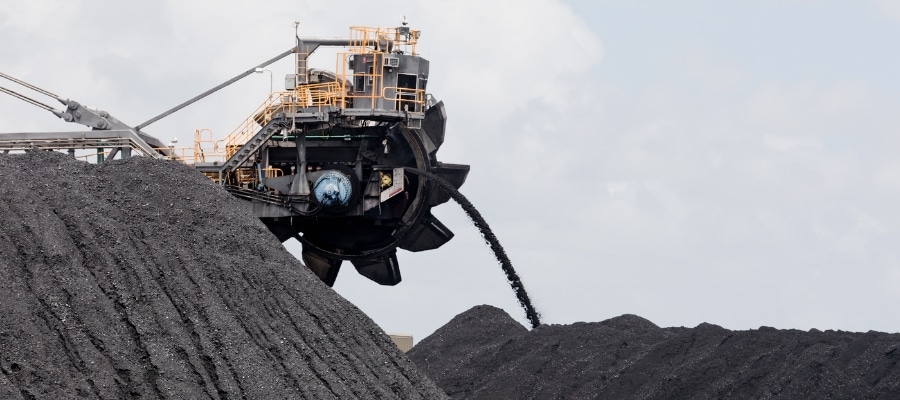The UN-Convened Net-Zero Asset Owner Alliance (AOA) will publish the fourth annual version of its Target Setting Protocol (TSPV4) early next year. The protocol explains the different types of targets that the alliance’s members are either recommended or obliged to meet, and are the most comprehensive set of guidelines issued by any of the sectoral alliances of the Glasgow Financial Alliance for Net Zero (GFANZ). Unfortunately it does not appear from the public consultation on the new protocol that the AOA intends to correct any of the key problems with its target-setting guidance, including failures to require absolute targets that include Scope 3 emissions, and to insist that all its members stop investing in fossil fuel expansion. It also seems that the AOA is unwilling to live up to its commitment to incorporate into its next protocol the findings of the UN’s High-Level Expert Group on net zero (HLEG). Reclaim Finance has submitted comments to the AOA explaining the key issues that need to be improved in TSPV4 if the AOA is finally to deserve its reputation as the “gold standard” of the financial sector net-zero alliances.
An unfulfilled commitment to align with HLEG
Reclaim Finance has noted problems with previous AOA TSPs at various times (see e.g. here, here, here and here). Many of these issues were included in the November 2022 recommendations of the UN HLEG of which the AOA’s chair, Günther Thallinger, was a member. The previous version of the AOA’s TSP, released in February 2023, stated that it would “consider the recommendations made in the HLEG report for the next version of the Target Setting Protocol” (1). Yet there is no sign in the consultation on TSPV4 of any effort by the AOA to align with HLEG’s recommendations.
Intensity targets are insufficient
Among the key HLEG recommendations that the AOA has failed to adapt into its next TSP are that financial institutions should set absolute in addition to relative emission reduction targets (2). Out of 72 asset owners with 2030 targets listed on the AOA’s website as of September 2023, only 10 have explicitly set absolute targets. Most targets are set using portfolio carbon intensity, in units of CO2e per unit of portfolio value.
As the value of an asset owners’ portfolio increases, their portfolio carbon intensity will decline even if absolute emissions remain constant, or even slightly increase. The impact of this can be seen by taking the example of a portfolio worth US$100 billion in 2020 increasing at an average annual value of 7% through this decade. The portfolio would be worth US$179 billion in 2030. If the emissions of the companies in this portfolio stayed the same through this period, its emissions intensity would have fallen by 42% by 2030.
The AOA requires 2030 targets for portfolio emission reductions to be set within a range of 40-60% below 2020 levels. So an asset owner with an annual average return of 7% would be within the range of “reductions” expected by the AOA — without any emissions being reduced.
Scope 3 targets must be mandatory
The AOA is also out of alignment with HLEG in continuing to fail to require its members to set targets for the Scope 3 emissions of their investees (3). Scope 3 emissions are especially significant for the fossil fuels industry as these include all the emissions from the processing and burning of coal, oil and gas, and so the great majority of all the emissions that are warming the planet.
Meaningless fossil fuel targets
The AOA is also out of alignment with HLEG in continuing to fail to require its members to set targets for the Scope 3 emissions of their investees (3). Scope 3 emissions are especially significant for the fossil fuels industry as these include all the emissions from the processing and burning of coal, oil and gas, and so the great majority of all the emissions that are warming the planet.
HLEG insists that to be net zero, financial institutions must immediately end financial support for companies planning new coal infrastructure, power plants and mines; and developing new oil and gas fields.
Since its 2022 protocol, the AOA has recommended that its members setting targets for the energy and utility sectors should “withdraw financing from new coal-related assets and new oil and gas fields and respectively refrain from investing in, or providing assets that support the expansion of coal, oil, or gas production and to scale down production” (4). It also recommends that members setting infrastructure targets should exclude financing for new “upstream greenfield” oil projects.
But because this recommendation only applies to members setting sectoral or infrastructure targets, it is largely meaningless. Out of the 72 asset owners with 2030 targets, only 10 members have set sectoral targets, and of these only five have set coal targets and only two have set oil and gas targets. Only three have set explicit infrastructure targets, one of which (Allianz) is included in those with sectoral targets (5).
Engagement targets need clarification
While AOA members can currently choose between setting portfolio or sectoral targets, all are required by previous TSPs to set targets for engaging with asset managers (AMs) and investee companies. TSPV3 lists some important actions that its members should take on engagement, but the AOA needs to clarify in its forthcoming protocol the concrete steps that its members must take to implement these recommendations.
Some of these measures are noted in an April 2022 AOA position paper on the future of investor engagement, and should be incorporated into TSPV4 (6). TSPV4 should also go further in setting out a clear escalation process that its members must follow, with systematic sanctions to be implemented every year where expectations have not been met by companies. Reclaim Finance has described such an escalation strategy in our August 2023 paper Climate Stewardship: A guide for effective engagement and voting practices.



